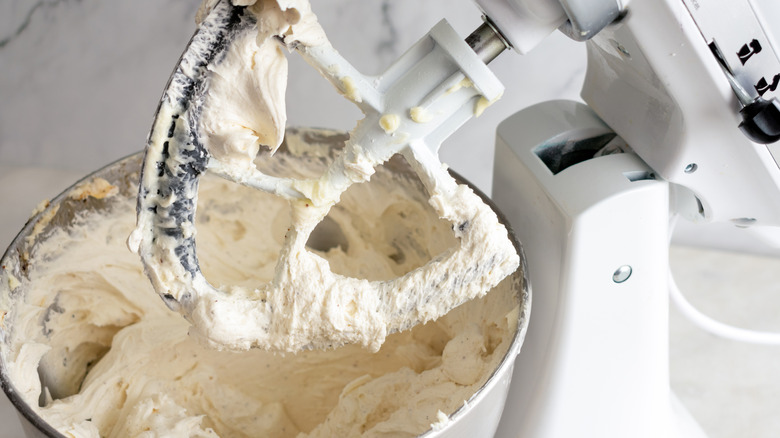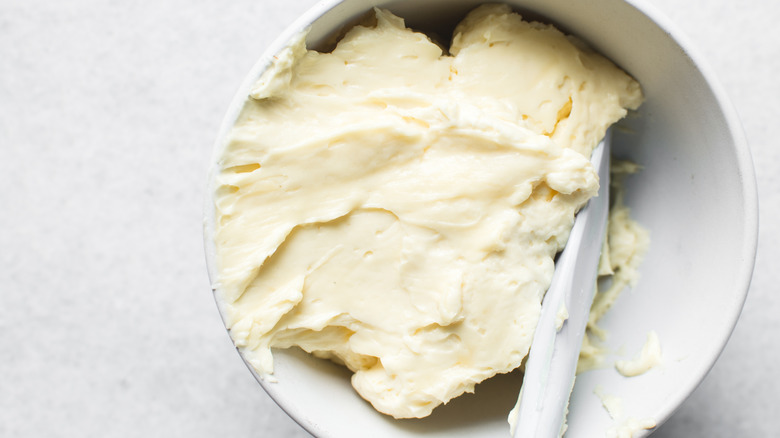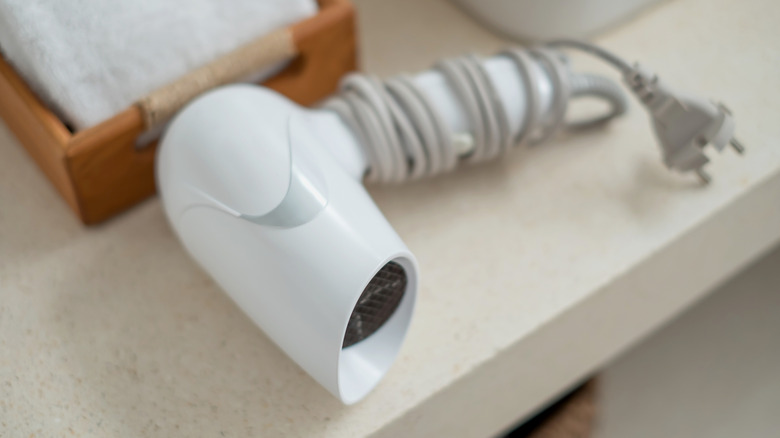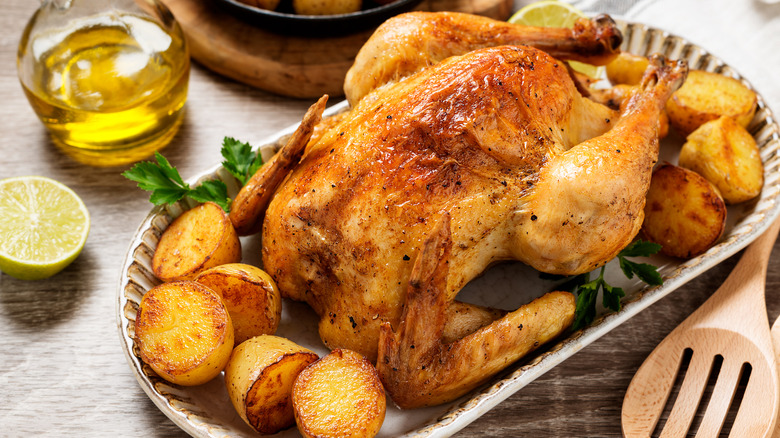Fix Lumpy Buttercream With One Simple Tool (That You Already Have!)
Whether you're whipping up a batch of traditional buttercream or letting your freak flag fly with fancier frostings, one thing is absolutely certain: You don't want chunks. You'll know 'em when you see 'em, those telltale lumps of sugar or butter that simply refuse to bind to the rest of your frosting ingredients.
I saw 'em today when I whipped up a batch of French buttercream over lunch. After whipping the requisite meringue into a frothy frenzy and incorporating the butter, I still had a chunky product that looked a bit like cottage cheese. I took a taste and felt on my tongue the stubborn bits of butter refusing to cooperate with the sugar syrup. I nearly chucked the batch, but then I spent a bit of time trawling YouTube — and I realized the solution was hiding in the bathroom.
What causes buttercream to form lumps?
There are two main culprits behind chunky buttercream: undermixed frosting or a temperature issue. The first is the easiest fix — just let your mixer run on medium-to-high speed until the fats are incorporated appropriately.
I knew my frosting had been appropriately mixed; I mixed it for ages, but it just wouldn't set up. My best guess was that I hadn't allowed the butter to come to room temp appropriately before adding it to the frosting. I was baking out of my parents' kitchen in southern Missouri, which is way hotter than my kitchen in Chicago. To compensate for the temperature difference, I only let the butter soften for about half the time I usually allow when I'm baking up north, but that didn't turn out to be enough time to bring it to room temp.
My butter was too cool, hence why it was refusing to cooperate. The solution? A quick blast with a hair dryer.
How a hair dryer can restore lumpy buttercream
I found this piece of advice deep in the annals of baking YouTube, in a 2014 video from Thomas Joseph. In the video, Joseph points a hair dryer directly at the bowl as he runs his stand mixer.
He doesn't specify his chosen heat level or hair dryer power setting, so I set mine on medium heat and low power and aimed it at my frosting. The results were pretty jaw-dropping — after less than a minute of mixing, my buttercream was perfectly fluffy and thick.
Other uses for hair dryers in the kitchen
Buttercream restoration aside, hair dryers have a few other uses in the kitchen. Helen Rosner uses one to achieve "a shatteringly crispy skin" when making roast chicken; some bakers also fire up the hair dryer to give cakes a sleek, shiny finish. "Use any old hair dryer on the lowest setting to lightly blow hot air over the cake until the frosting starts to ever so slightly soften, and then simply wait," writes TipHero. "When the cake cools, the melted frosting will solidify, and keep its shiny appearance."
I'll absolutely employ this trick in the future. While I'm at it, I'll use the dryer to blow a winter's worth of dust from behind my kitchen radiator. Nothing like a multi-purpose kitchen tool.



